The Ultimate Beginner’s Guide To Bass Fishing
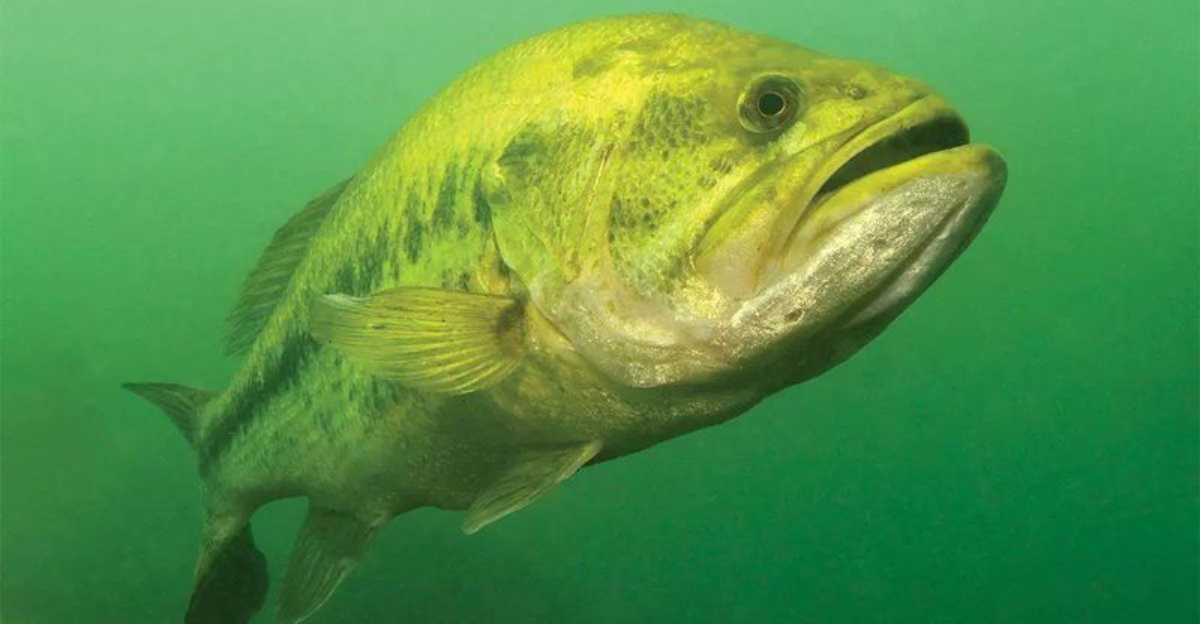
Ever wondered why bass fishing hooks millions of enthusiasts every year? This exciting sport combines strategy, patience, and the thrill of the catch in America’s lakes and rivers.
Whether you’re just starting out or looking to improve your technique, these essential tips will help you land that trophy bass you’ve been dreaming about.
1. Know Your Bass Species
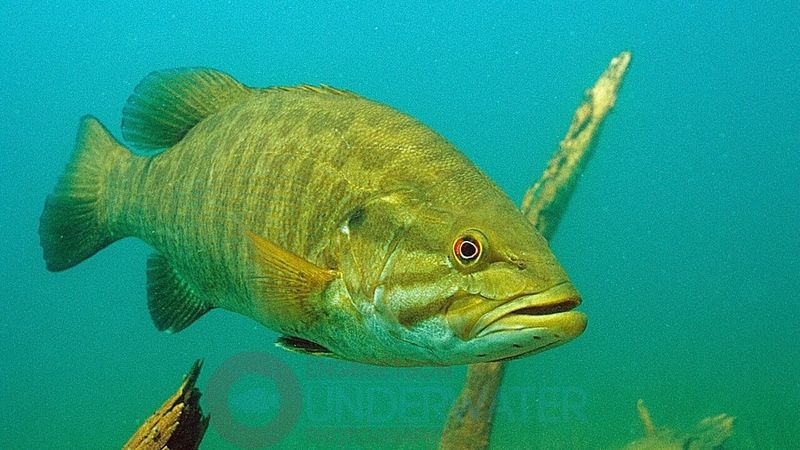
Did you know there are several types of bass swimming in American waters? Largemouth, smallmouth, and spotted bass each behave differently and prefer distinct habitats.
Largemouths love weedy areas and structures, while smallmouths prefer clearer, cooler waters with rocky bottoms. Learning to identify each species will dramatically improve your targeting strategy.
2. Gear Up Properly
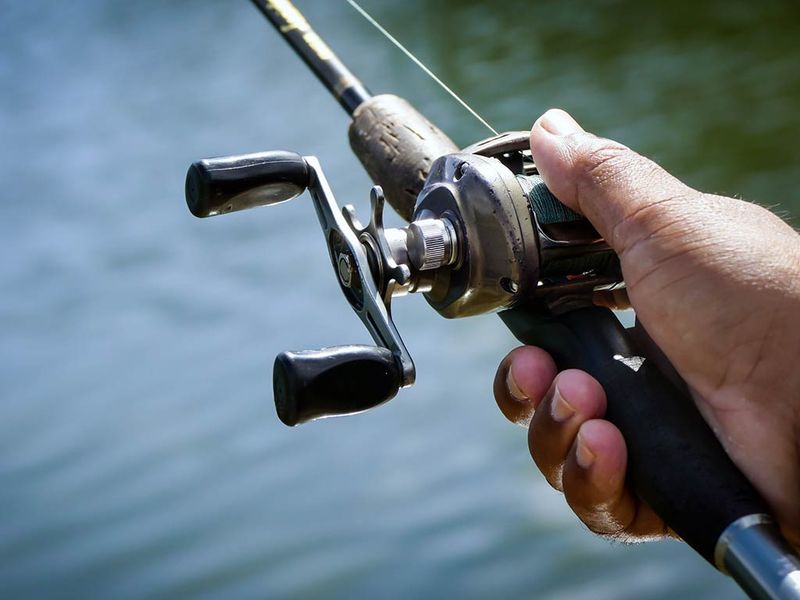
Starting with the right equipment saves frustration later. A medium-heavy 7-foot rod paired with a quality spinning or baitcasting reel creates the perfect beginner setup. For line, 10-12 pound test monofilament offers good versatility.
Don’t blow your budget initially – focus on reliable basics that let you learn technique before investing in expensive gear.
3. Master The Art Of Lure Selection

Bright sunny day? Try deep-diving crankbaits. Overcast and windy? Spinnerbaits might be your ticket to success. Start with these five versatile lures: plastic worms, crankbaits, spinnerbaits, jigs, and topwater plugs.
Each mimics different prey and works in specific conditions. The magic happens when you match your lure to the current situation.
4. Learn To Read Water Temperature
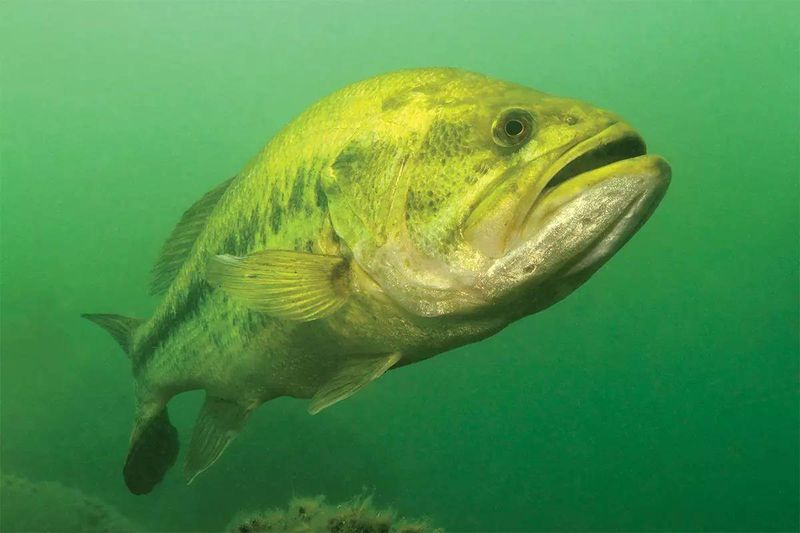
Water temperature acts like a bass’s thermostat, controlling their activity level and feeding habits. In spring and fall, look for bass in shallow, sun-warmed areas between 55-65°F. During summer heat, they often retreat to cooler depths or seek shade.
A simple clip-on thermometer can be your secret weapon for finding where they’re most active.
5. Target Structure And Cover

Bass are ambush predators that love hiding spots. Fallen trees, dock pilings, rock piles, and weed beds aren’t just random features – they’re bass magnets.
Cast your lure close to these structures, but not directly on top (which might spook them). The edge where structure meets open water often holds the most active fish.
6. Perfect Your Casting Technique
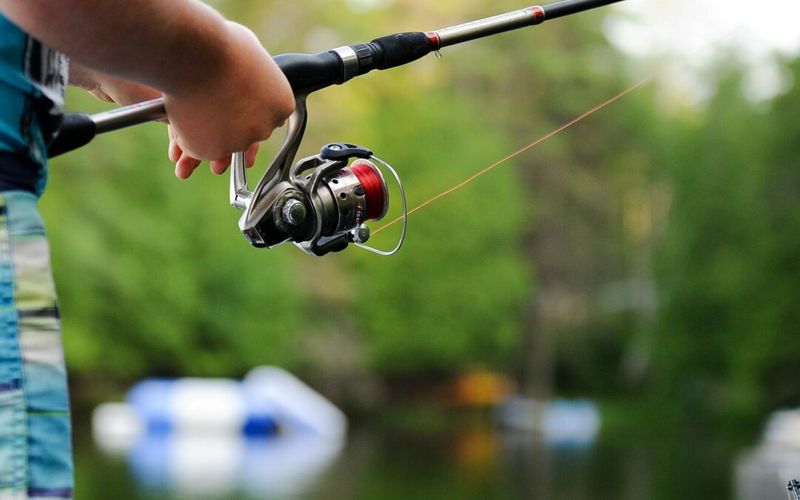
Accuracy trumps distance every time in bass fishing. Practice hitting targets in your yard before heading to the water – aim for spots the size of a dinner plate from various distances.
For finesse, use your wrist and forearm rather than your whole arm. Gentle landings prevent spooking wary bass, especially in clear water conditions.
7. Understand Seasonal Patterns

Bass behavior follows predictable seasonal scripts. Spring finds them moving shallow to spawn, summer pushes them deeper or into shaded areas, and fall triggers feeding frenzies as they fatten up for winter.
Winter sees them slowing down in deeper water. Matching your approach to these patterns puts you where the fish are when they’re most catchable.
8. Master The Art Of Retrieval
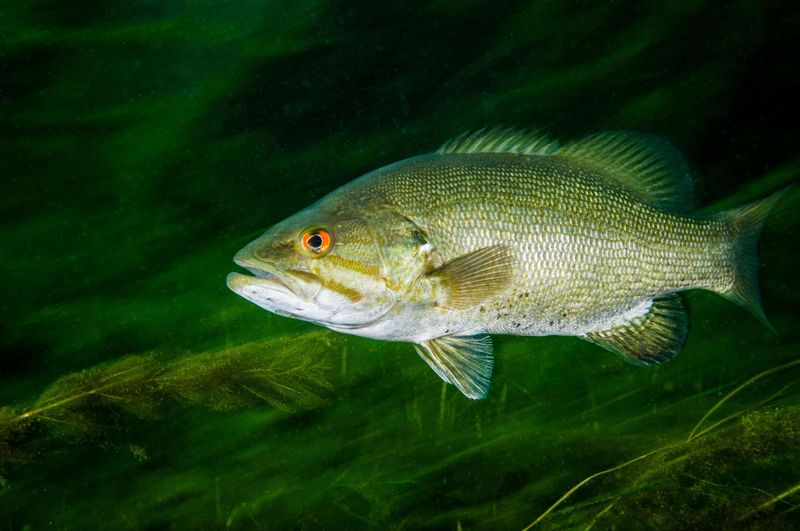
How you bring your lure back determines whether bass ignore or attack it. Varying your retrieve speed and action can trigger reaction strikes even from non-feeding fish.
Try stop-and-go motions with crankbaits, slow drags with plastic worms, and erratic jerks with jerkbaits. Sometimes the pause is more important than the movement – that’s when most strikes occur.
9. Learn Proper Hook Setting
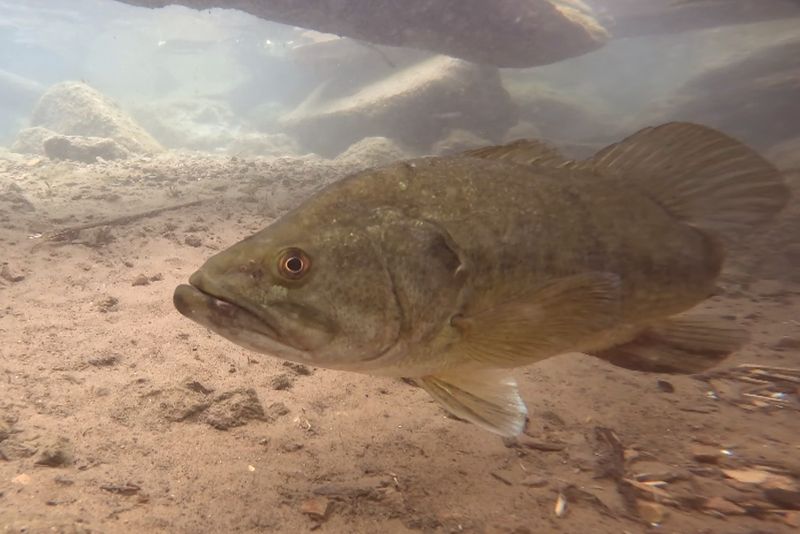
That heart-stopping moment when a bass strikes requires quick but controlled reaction. With most lures, wait until you feel weight (not just the strike) before setting the hook. Use a firm, sideways sweep of your rod rather than yanking straight up.
This drives the hook point through the bass’s tough mouth while keeping tension on the line.
10. Understand The Impact Of Weather

Barometric pressure changes before and after storms dramatically affect bass feeding activity. The hours before a weather front often trigger feeding frenzies as bass sense the coming change.
Bright, high-pressure days typically mean tougher fishing, calling for slower, deeper presentations. Cloudy days with stable pressure usually mean active fish and faster retrieves.
11. Practice Catch And Release Techniques
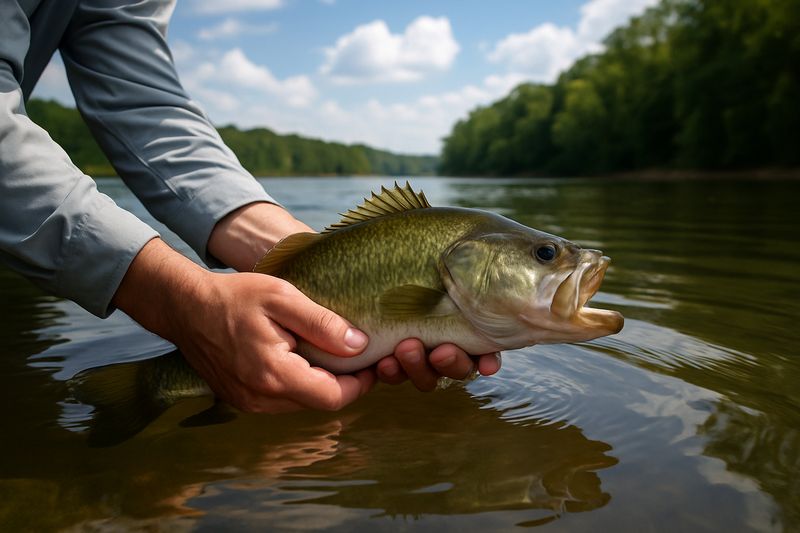
Supporting a bass’s weight horizontally rather than vertically protects its internal organs. Wet your hands before handling to preserve their protective slime coat.
Remove hooks quickly with proper tools, and revive tired fish by gently moving them forward in the water until they swim away strongly. Good conservation ensures future generations can enjoy the sport.
12. Keep A Fishing Journal

Memory fades, but written records last. Tracking your catches with details about location, time, weather, water conditions, and effective lures reveals patterns over time. Many pros consider their fishing journals their most valuable tool.
Modern fishing apps make this easier than ever, even allowing you to mark GPS coordinates of productive spots.
13. Learn To Fish At Night
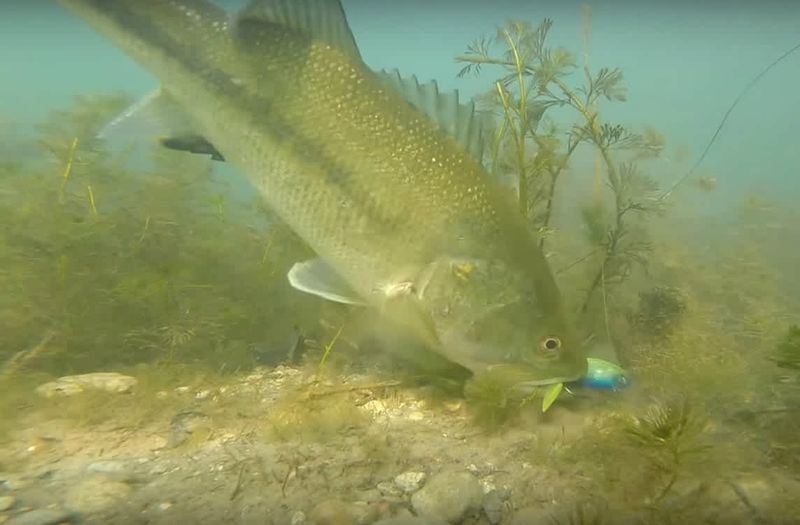
Under the cover of darkness, trophy bass often move shallow to feed. Black or dark blue lures create better silhouettes against the night sky from a fish’s perspective. Noisy topwater lures help bass locate your offering in low light.
Safety becomes extra important after sunset – always fish with a partner and bring proper lighting for nighttime adventures.
14. Join A Bass Fishing Community
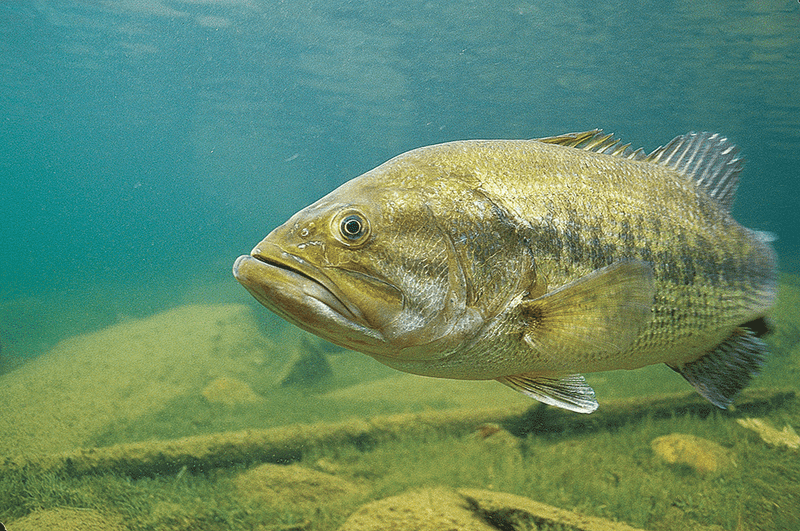
The fastest way to improve is learning from others’ experiences. Local fishing clubs, online forums, and social media groups offer invaluable regional knowledge you can’t find in general guides.
Don’t be shy about asking questions – most anglers love sharing their passion. Just remember to contribute your own discoveries as your skills grow.






